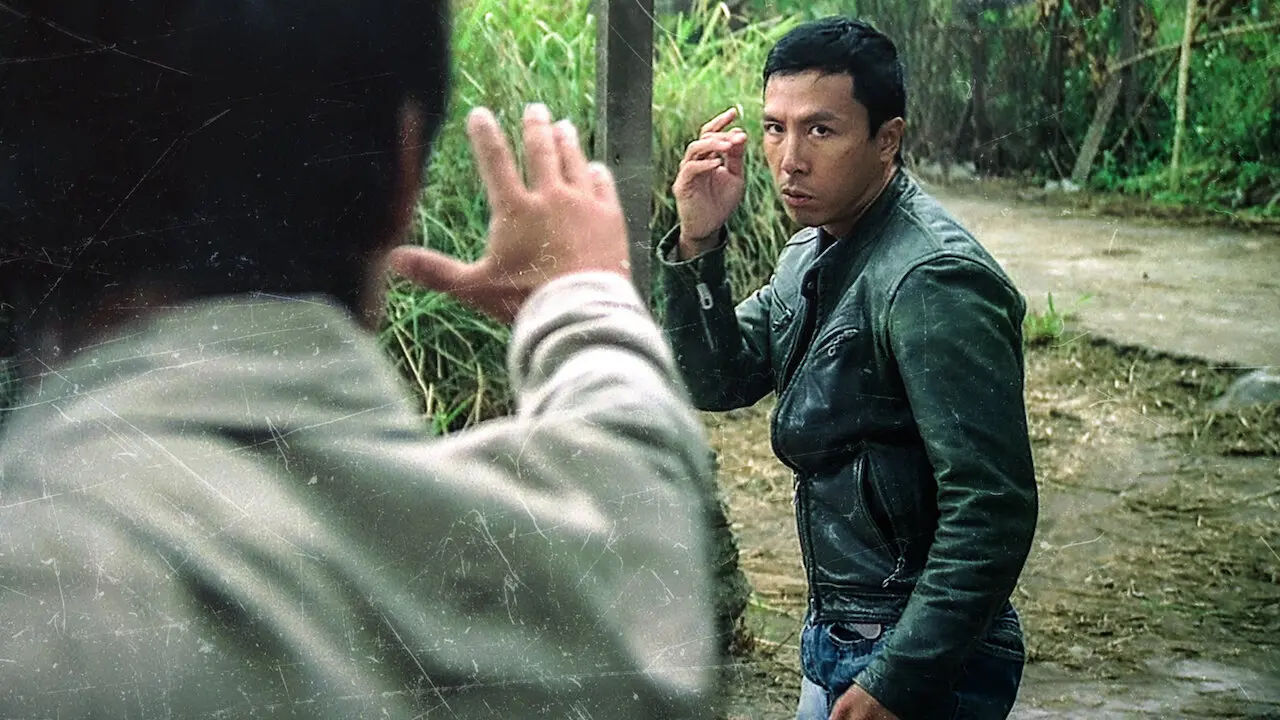Immerse yourself in the dynamic world of classic Kung Fu cinema as we explore the evolution of fight choreography. From the early days of martial arts in cinema to the revolutionary techniques introduced by Bruce Lee, this journey delves into the fusion of tradition and innovation, culminating in the spectacular wire fu and special effects that have defined the genre.
Origins of Martial Arts in Early Cinema
The roots of martial arts in early cinema run deep, with pioneers like Wong Fei-hung and Huo Yuanjia laying the foundation for the mesmerizing fight sequences we see today. These early films blended storytelling with combat, setting the stage for the evolution of fight choreography.
As cinema embraced the martial arts genre, actors honed their skills to perform intricate fight scenes that captivated audiences worldwide. The physicality and precision required to execute these sequences added a new dimension to cinematic storytelling, paving the way for future innovations.
Masters of the art of Kung Fu brought their expertise to the screen, infusing each movement with grace and power. It was a time of experimentation and growth, as filmmakers sought to push the boundaries of what was possible in fight choreography.
Influence of Bruce Lee on Fight Choreography
Enter Bruce Lee, a legendary figure whose impact on fight choreography remains profound. Lee’s philosophy of martial arts as a form of self-expression revolutionized the way combat scenes were approached, emphasizing speed, agility, and authenticity.
Bruce Lee’s iconic films showcased his unparalleled martial arts skills, inspiring a new generation of filmmakers to elevate the art of fight choreography. His innovative techniques and attention to detail set a standard that continues to influence action cinema to this day.
The fusion of Lee’s personal style with traditional Kung Fu principles gave rise to a dynamic and visually stunning approach to fight choreography. His dedication to authenticity and precision raised the bar for fight scenes in cinema, forever changing the landscape of action films.
Merging Tradition with Innovation in Action Sequences
As Kung Fu cinema evolved, directors began blending traditional martial arts techniques with innovative approaches to fight choreography. This fusion of old and new brought a fresh perspective to action sequences, combining centuries-old forms with modern cinematic flair.
Filmmakers experimented with camera angles, editing techniques, and realistic sound effects to enhance the impact of fight scenes. The marriage of tradition with innovation resulted in a visual feast for audiences, elevating the art of fight choreography to new heights.
By infusing storytelling elements with dynamic action sequences, filmmakers created a seamless blend of narrative and physical prowess. The evolution of fight choreography continued to push boundaries, captivating viewers with its choreographic complexity and emotional depth.
The harmonious integration of traditional martial arts styles with cutting-edge technology led to the creation of unforgettable fight sequences that transcended the screen. This synergy between tradition and innovation reshaped the landscape of Kung Fu cinema, setting a new standard for fight choreography.
Evolution of Wire Fu and Special Effects
The introduction of wire fu and special effects revolutionized the way fight choreography was portrayed on screen. By incorporating wirework and visual effects, filmmakers were able to defy the laws of physics, creating gravity-defying stunts that mesmerized audiences.
Wire fu techniques allowed actors to perform feats that were previously thought impossible, adding a fantastical element to fight sequences. The use of wires enabled characters to soar through the air, execute intricate acrobatics, and engage in gravity-defying combat.
Special effects further enhanced the visual spectacle of fight choreography, immersing viewers in a world where martial arts transcended the boundaries of reality. From enhanced weapon effects to dynamic environmental settings, special effects brought a heightened sense of drama to fight scenes.
The evolution of wire fu and special effects marked a new chapter in the history of fight choreography, blending artistry with technical innovation to create mesmerizing action sequences. These advancements continue to shape the way fight scenes are choreographed and presented in modern cinema.
A Quote to Remember
‘Our common theme is precision. We’ve centered our fight sequences around this technique. We admire sharp movements and when every strike resonates with power. Currently, precision is gaining renewed attention, and that’s fantastic, but when we started, the focus was more on raw energy, a complete contrast to our approach today,’ they expressed. ‘So our suggestion is not to merely mimic trends, but instead to consider what message you wish to convey through your choreography.’ By letting that message guide your creative decisions, you can streamline your choices and craft something that feels authentically yours.


